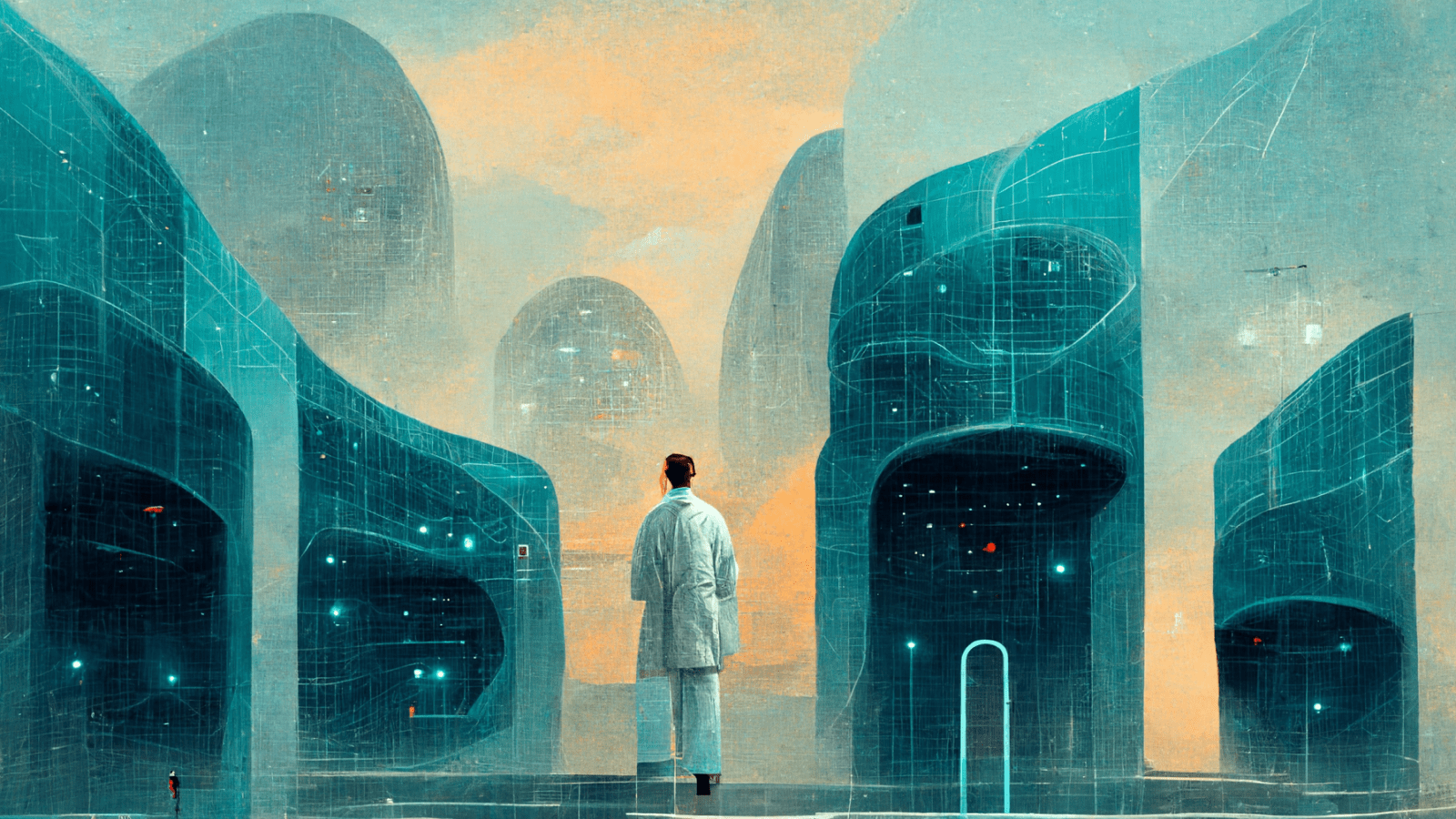 Since the dawn of the Internet, the ability to collaborate and create has been altered considerably. I recall in college when I first discovered the vast amount of information available for free and immediately began to conjure up ways to circumvent the tedious process of going to the library, checking out books then photocopying pages, highlighting references, and transferring the text into copy manually. Way to much work. I had sleep and parties to attend to. But this was before every student was equipped with a laptop. We actually took notes with pen and paper.
Since the dawn of the Internet, the ability to collaborate and create has been altered considerably. I recall in college when I first discovered the vast amount of information available for free and immediately began to conjure up ways to circumvent the tedious process of going to the library, checking out books then photocopying pages, highlighting references, and transferring the text into copy manually. Way to much work. I had sleep and parties to attend to. But this was before every student was equipped with a laptop. We actually took notes with pen and paper.
As time passed, websites dedicated to “boxed” information for students to post their papers and take other research for their term papers became the norm. In fact, I estimate that even before Chat GPR, over 50% of term papers are products of a recycled copy. So to say that college students and creatives for that matter aren’t in some way or form “collaborating” with open information would be delusional.
But we are initiated…aren’t we Bruce?
But what about novel ideations? As in, what if an AI was to generate an actual SEMINAL ideation – in such a Scientific Thesis?
Say no more.
A researcher from Sweden gave an AI algorithm known as GPT-3 a simple directive: “Write an academic thesis in 500 words about GPT-3 and add scientific references and citations inside the text.”
“This was our goal,” Thunström said, “to awaken multilevel debates on the role of AI in academic publishing.”
Researcher Almira Osmanovic Thunström said she stood in awe as the text began to generate. In front of her was what she called a “fairly good” research introduction that GPT-3 wrote about itself.
“Academic publishing may have to accommodate a future of AI-driven manuscripts, and the value of a human researcher’s publication records may change if something nonsentient can take credit for some of their work,” Thunström wrote.
After the successful experiment, Thunström, a Swedish researcher at Gothenburg University, sought to get a whole research paper out of GPT-3 and publish it in a peer-reviewed academic journal. The question was: Can someone publish a paper from a nonhuman source?
Thunström wrote about the experiment in Scientific American, noting that the process of getting GPT-3 published brought up a series of legal and ethical questions.
Experts said, however, that technology has not yet advanced to the level of creating machinery resembling humans.
This is an example of what GPT-3 can write about plant cell walls. Maybe not very precise or 100% correct, yet very good. It reminds me of the brief introductions I often write for grant proposals. pic.twitter.com/o4rh5lrirn
— Laura Bacete (@LauraBacete) July 4, 2022
Needless to say, the next couple of months will spawn a bevy of experimental projects that will propel the AI/Creative mashup. Hopefully for the better.
- Comprehensive Public Safety Plan Survey: Equity - March 11, 2024
- Comprehensive Public Safety Plan Survey: Court System - March 11, 2024
- DC Comprehensive Public Safety Plan Survey: Surveillance // Privacy - March 11, 2024












